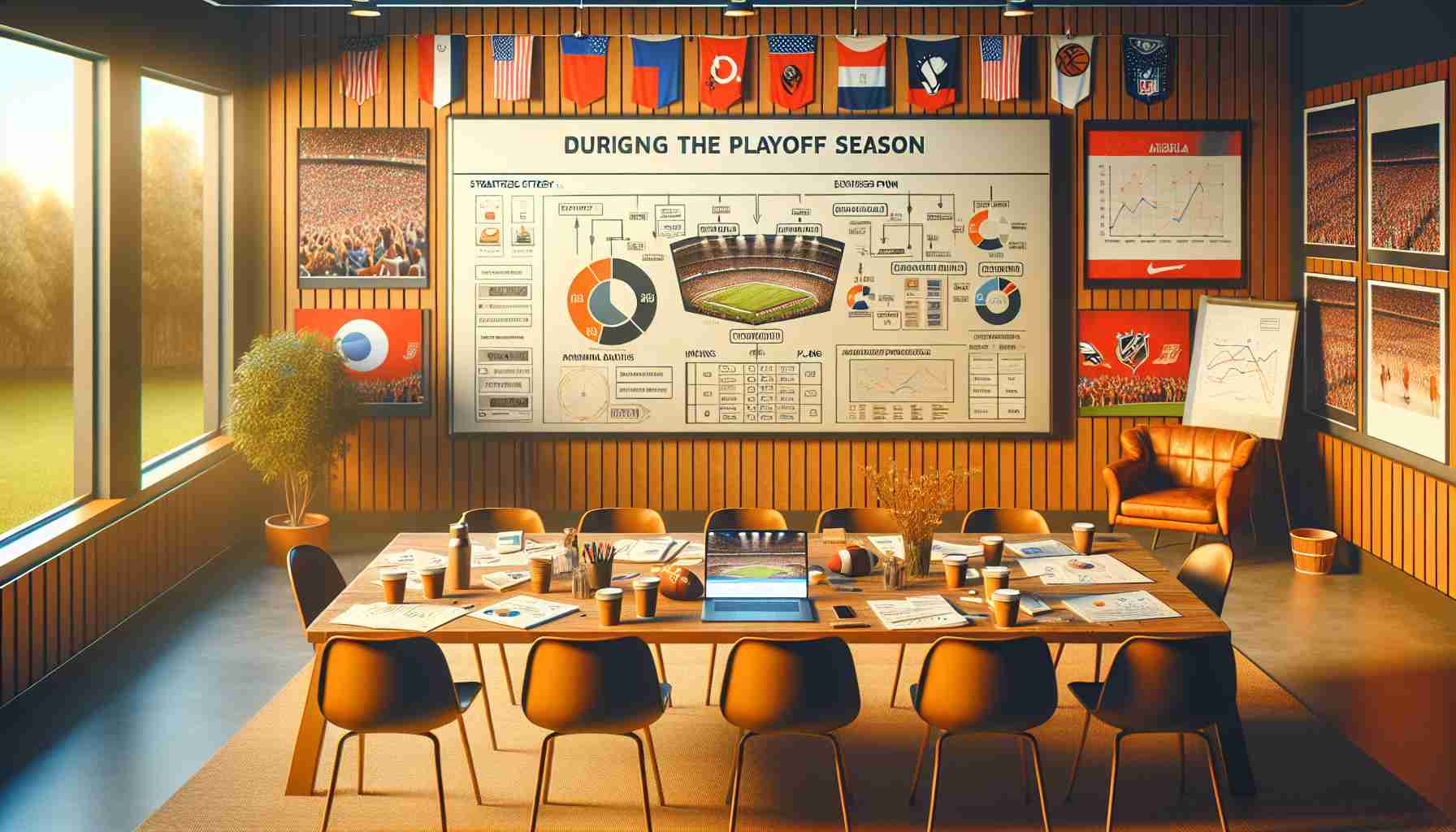In a calculated move aimed at influencing voter sentiment, a significant advertising campaign has been launched during the Major League Baseball playoffs. The campaign serves as a pivotal effort by the No campaign to sway undecided voters as the elections approach, demonstrating their determination to make an impactful final push.
The airwaves and digital platforms are being flooded with messages intended to resonate with the audience, capturing their attention during a peak viewing time. Meanwhile, supporters of the measure are actively working to solidify their base, buoyed by favorable polling numbers that suggest a strong lead in public opinion.
This dual approach of aggressive outreach from the opposition contrasted with efforts to maintain support from the proponents showcases the competitive nature of the upcoming vote. As both sides ramp up their strategies, the stakes are particularly high given the intersection of sports enthusiasm and electoral engagement.
Despite the differing tactics employed by each campaign, both are undeniably aware of the influence that a major public event like the playoffs has on voter dynamics. As the playoffs progress, eyes will be watching not just the teams on the field, but also how the electoral landscape shifts in response to these strategic advertising initiatives. The outcome of this campaign could very well hinge on its ability to connect with voters during these crucial and spirited moments.
Engaging Voters: Tips, Life Hacks, and Interesting Facts
In the world of political campaigning, especially during high-profile events such as the Major League Baseball playoffs, both advertising strategies and voter engagement techniques play a crucial role. As the recent advertising campaign from the No campaign illustrates, there are essential tips and hacks that can help you navigate these turbulent waters of electoral sentiment. Here are some insights and useful facts that can enhance your understanding and participation in the democratic process.
1. Use Peak Viewing Times Wisely
Events like sports playoffs are significant because they draw in large audiences. Consider this when planning your outreach or messaging; ensure that your communications resonate during these peak times. For instance, if you’re involved in a campaign team, align your key messages to run during halftime shows or popular game moments to capture the audience’s attention.
2. Simplify Your Message
Voter sentiment is heavily influenced by clear and simple messages. Complicated jargon can turn voters away. Make it a point to articulate your stance in straightforward language. Use relatable terms so that your audience can easily grasp what you are advocating for.
3. Connect Emotionally
Using emotional appeals can be particularly effective in canvassing efforts. Whether through stories, visuals, or relatable scenarios, forging an emotional connection can motivate undecided voters to lean towards your side. Highlight stories of real people and their stakes in the election.
4. Leverage Social Media
Social media is a powerful tool for voter engagement. Utilize platforms like Twitter and Instagram to share eye-catching graphics, videos, and live updates during significant events like the playoffs. Keeping your content fresh and engaging can lead to increased shares and discussions.
5. Understand Your Audience
Conduct thorough research about the demographics of your audience. Tailoring your message to specific groups can elevate your campaign’s effectiveness. For example, if younger voters are your target, fun and snappy content that relates to current trends can be more effective.
6. Use Data Analytics
Analyzing voter behavior and sentiment through polls can provide valuable insights into what resonates with potential voters. Use these findings to adapt your campaign strategies in real-time. Understanding when and how people are most receptive to your messaging can dramatically enhance outreach efforts.
7. Create Engaging Visual Content
Visuals are often more impactful than text alone. Strive to create engaging infographics, videos, and other imagery that articulately express your message, especially during busy events when viewers might be multitasking.
8. Engage Locally
While national campaigns grab headlines, local engagement can build a deeper connection. Participate in community events or host meet-and-greets. This builds trust and allows voters to see the human side of your campaign.
9. Monitor Opponent Activity
Keep an eye on your opposition’s activities. Understanding their strategies will empower your team to counter effectively and address misunderstandings or untruths being circulated.
10. Stay Informed and Adaptable
With the ever-changing landscape of political campaigns, being adaptable is key. Stay informed about new trends, local sentiments, and opposing tactics. Regularly adjust your strategies based on the current political climate.
Interesting Fact: Did you know that during major sporting events, voter turnout can increase significantly? This phenomenon is attributed to heightened attention on current events and the blending of sports enthusiasm with civic engagement.
For more insights and strategies about political campaigning and voter engagement, visit Vote.org to get involved and stay informed.
